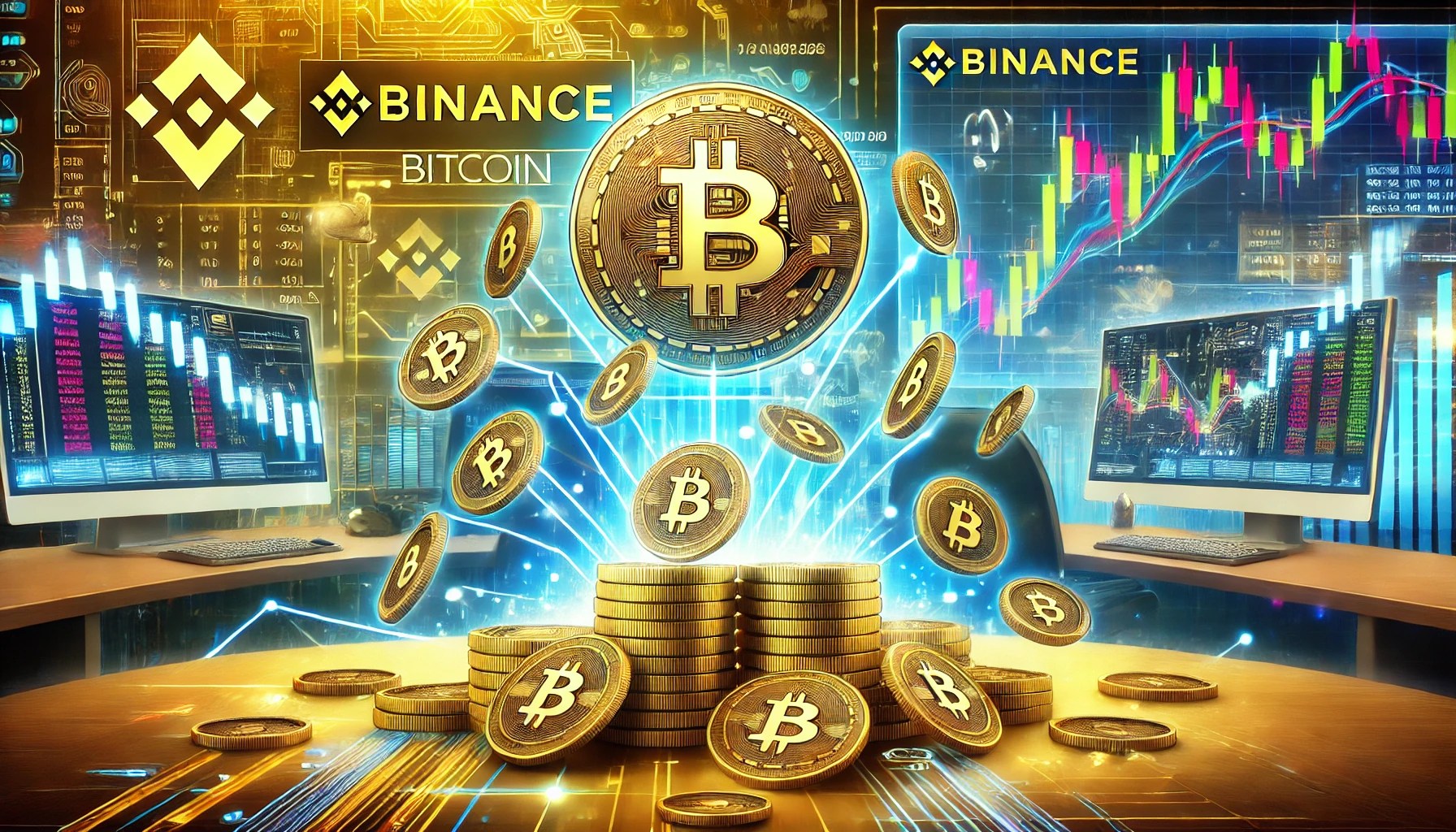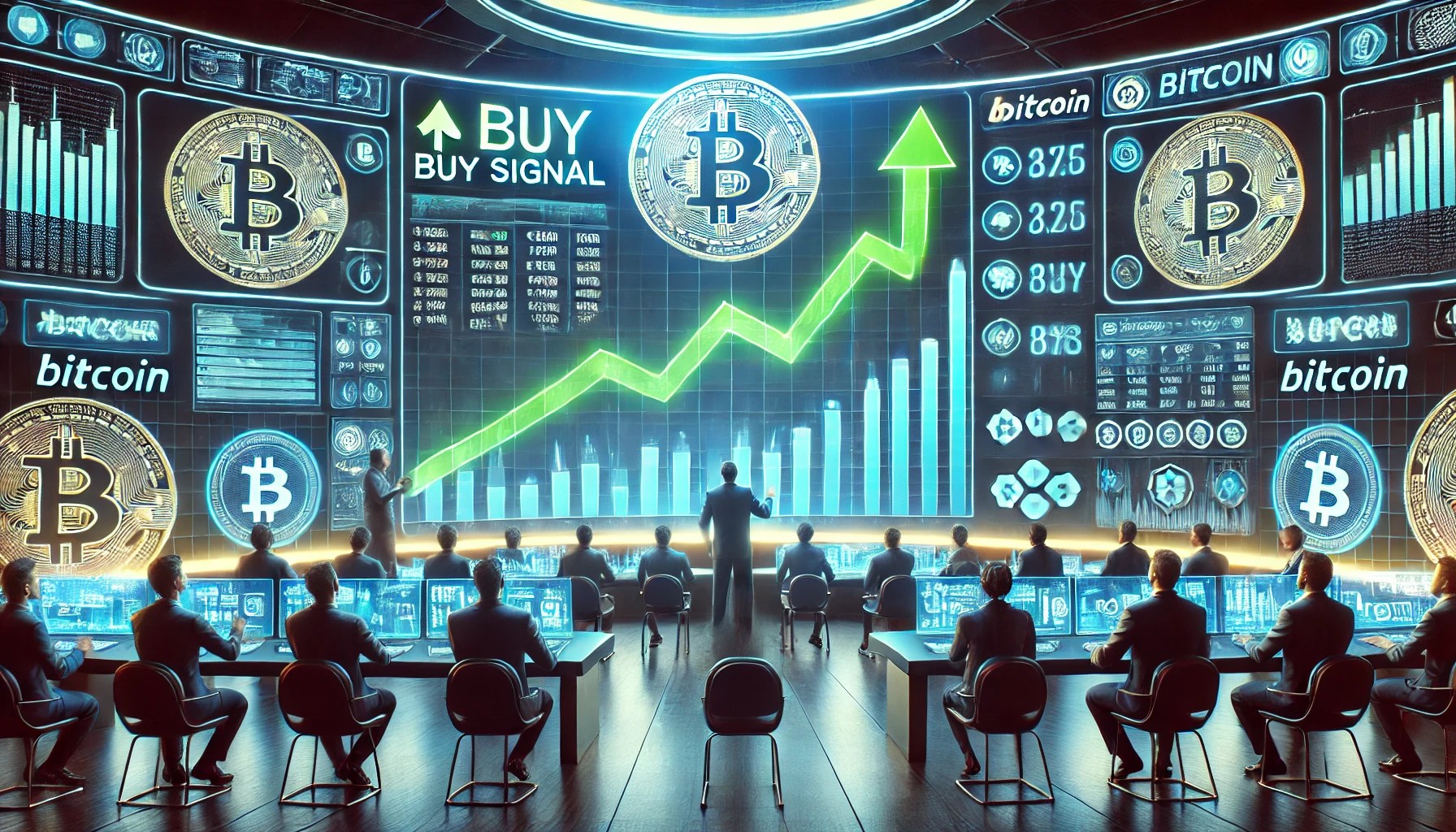 web3.0
web3.0 Bitcoin (BTC) Market Volatility Continues Amidst Strong Institutional Demand and Geopolitical Risks
Bitcoin (BTC) Market Volatility Continues Amidst Strong Institutional Demand and Geopolitical RisksBitcoin continues to show volatility in the wake of September’s stronger-than-expected US jobs report, hovering between $60,000 and $62,500.

Bitcoin’s price continues to show volatility in the wake of September’s stronger-than-expected US jobs report. The world’s largest cryptocurrency hovered between $60,000 and $62,500 on Monday, as traders grew uneasy assessing the implications of the economic data and escalating geopolitical risks.
The US economy added 254,000 jobs in September, far exceeding Wall Street’s expectations of 147,000. The unemployment rate dipped to 4.1%, while wage growth ticked up to 4.0%, from 3.8% in August.
This robust labor data led traders to scale back bets on a larger Federal Reserve rate cut, with money markets now pricing a near-certain 95% chance of a 25-basis-point cut in November.
However, while the macroeconomic backdrop shifted, the crypto market’s focus was being pulled in another direction.
President Biden's comments regarding Iran rattled markets, disrupting Bitcoin’s recovery just as institutional demand showed resilience.
But despite a 0.42% drop in Bitcoin’s value following the geopolitical unrest, institutional demand remained strong, according to Shivam Thakral, CEO of BuyUcoin.
"Institutional purchases continue to match or surpass daily mined quantities," Thakral said. "Historically, October has been favorable for Bitcoin, and there are signs of stabilization above the $60,000 support level."
His optimism was tempered by the unpredictable geopolitical environment, which has stoked fears of more severe market downturns.
The situation in the Middle East appeared to have triggered a notable liquidation phase. According to Ryan Lee, Chief Analyst at Bitget Research, over $700 million has been liquidated so far in October, with Bitcoin absorbing a significant portion of those losses.
Lee pointed to the 16% drop in trading volumes, indicating a cautious investor sentiment driven by macroeconomic uncertainties.
"Bitcoin has grown to be a global asset, one that responds acutely to international events," Lee said. "The current crisis has derailed Bitcoin’s recovery, with the cryptocurrency down 4.8% in October alone."
Despite this, Lee remained cautiously optimistic, forecasting Bitcoin could stabilize above $60,000 and climb toward $72,000 if the Federal Reserve follows through with a rate cut in November.
Altcoins Boosted by DeFi, Ecosystems
As Bitcoin faced headwinds, several altcoins were exhibiting strength, buoyed by ongoing technological advancements and growing ecosystems. Solana and Cardano, in particular, showed resilience in the DeFi space, even as broader market volatility persisted.
"Solana's $10.5 billion Total Value Locked (TVL) in DeFi showcases the network’s robustness," Thakral said. "With retail transaction capabilities expanding and more than 77 million SOL locked, scarcity could drive up prices over the long term."
Solana's ecosystem growth, particularly in retail applications and the memecoin sector, has positioned it as a key player in the blockchain space, and it could be poised for a breakout if the current trends hold.
Cardano, meanwhile, has taken significant strides in decentralized governance through its Chang hard fork, which gives the community greater control over protocol development. This has made Cardano one of the most advanced blockchain protocols on the market.
Despite its current price of $0.34, many in the industry view it as undervalued, given its recent innovations.
Echoing the sentiment on altcoins, Ryan Lee stated that while they remained heavily correlated with Bitcoin, projects like Solana and Cardano stood out due to their technical strengths and growing user bases.
"Solana's push into DeFi and retail transactions, combined with Cardano’s decentralized governance, positions both networks for long-term success, even amid the present volatility," Lee said.
Outlook: Volatility or Stabilization?
The path ahead for Bitcoin and altcoins like Solana and Cardano will depend largely on how macroeconomic and geopolitical events unfold. The US Federal Reserve’s interest rate decisions and any further geopolitical developments will play a crucial role in shaping market sentiment.
For now, Bitcoin appears trapped between its long-term institutional support and short-term macro volatility. Whether it can break out of this range will depend on how well the market navigates these external pressures.
As the fourth quarter progresses, traders and investors alike will be closely watching both Washington and global hot spots to gauge the next moves for the world’s most valuable cryptocurrency.
The above is the detailed content of Bitcoin (BTC) Market Volatility Continues Amidst Strong Institutional Demand and Geopolitical Risks. For more information, please follow other related articles on the PHP Chinese website!
 Senators Lummis and Scott Promise Pro-Bitcoin Legislation if Republicans Win the Majority in the Upcoming ElectionsJul 27, 2024 pm 12:58 PM
Senators Lummis and Scott Promise Pro-Bitcoin Legislation if Republicans Win the Majority in the Upcoming ElectionsJul 27, 2024 pm 12:58 PMSenator Cynthia Lummis took the stage to speak at the Bitcoin 2024 conference along with Senator Tim Scott, on Friday, discussing cryptocurrency and their vision for its role in the U.S. financial system.
 Bitcoin (BTC) Exchange Netflow Has Just Taken to Positive Values, Here's What It MeansJul 27, 2024 am 12:07 AM
Bitcoin (BTC) Exchange Netflow Has Just Taken to Positive Values, Here's What It MeansJul 27, 2024 am 12:07 AMOn-chain data shows the Binance exchange has received large net Bitcoin inflows during the past day, indicating that BTC's decline may extend further.
 Hackers recover $3 million in bitcoin from software wallet locked for over a decadeJun 14, 2024 am 09:57 AM
Hackers recover $3 million in bitcoin from software wallet locked for over a decadeJun 14, 2024 am 09:57 AMJoeGrand-anethicalhackerandYouTuberwhoiswidelyknownforhisprojectsinvolvingcryptowallets,hassuccessfullyrecoveredalife-changingamountofbitcoin,presentlyvaluednorthof$3millionfromasoftwarewalletthathasbeenlockedformo
 Bitcoin (BTC) – America’s Key To Economic Supremacy?Jul 26, 2024 pm 09:15 PM
Bitcoin (BTC) – America’s Key To Economic Supremacy?Jul 26, 2024 pm 09:15 PMIn the ongoing global economic and geopolitical rivalry, the United States may have a powerful new weapon – Bitcoin (BTC). That is the argument made by Sam Lyman
 US Stock Market Peak Warning May Also Impact Bitcoin (BTC) MarketJul 27, 2024 am 06:35 AM
US Stock Market Peak Warning May Also Impact Bitcoin (BTC) MarketJul 27, 2024 am 06:35 AMFinancial experts are warning of an impending peak in US stocks. This may also lead Bitcoin to rise. According to Arthur Budaghyan, an analyst at BCA Research, the US stock market
 Bitcoin vs. Gold vs. S&P 500: Which Is the Best Investment in the Current Market?Jul 27, 2024 am 07:11 AM
Bitcoin vs. Gold vs. S&P 500: Which Is the Best Investment in the Current Market?Jul 27, 2024 am 07:11 AMCryptocurrencies, commodities, and stocks are among the most popular risk assets for investment and trade, also leading finance indicators.
 Bitcoin Holders Can Now Purchase European Union Citizenship, Combining Cryptocurrency and Immigration PolicyJul 25, 2024 pm 02:53 PM
Bitcoin Holders Can Now Purchase European Union Citizenship, Combining Cryptocurrency and Immigration PolicyJul 25, 2024 pm 02:53 PMPowered by the Unbound Fund, this initiative uses Bitcoin as a key to open up Portuguese citizenship via the country's golden visa program.
 Bitcoin (BTC) Witnesses “Rare” Buy Signal, Could Enjoy a Massive Rally to $130,000Jul 26, 2024 am 11:26 AM
Bitcoin (BTC) Witnesses “Rare” Buy Signal, Could Enjoy a Massive Rally to $130,000Jul 26, 2024 am 11:26 AMCrypto analyst Mikybull Crypto has revealed the return of a technical indicator that represents a buy signal for Bitcoin. Based on his predictions, the

Hot AI Tools

Undresser.AI Undress
AI-powered app for creating realistic nude photos

AI Clothes Remover
Online AI tool for removing clothes from photos.

Undress AI Tool
Undress images for free

Clothoff.io
AI clothes remover

AI Hentai Generator
Generate AI Hentai for free.

Hot Article

Hot Tools

MantisBT
Mantis is an easy-to-deploy web-based defect tracking tool designed to aid in product defect tracking. It requires PHP, MySQL and a web server. Check out our demo and hosting services.

Atom editor mac version download
The most popular open source editor

Dreamweaver Mac version
Visual web development tools

Notepad++7.3.1
Easy-to-use and free code editor

SublimeText3 English version
Recommended: Win version, supports code prompts!





